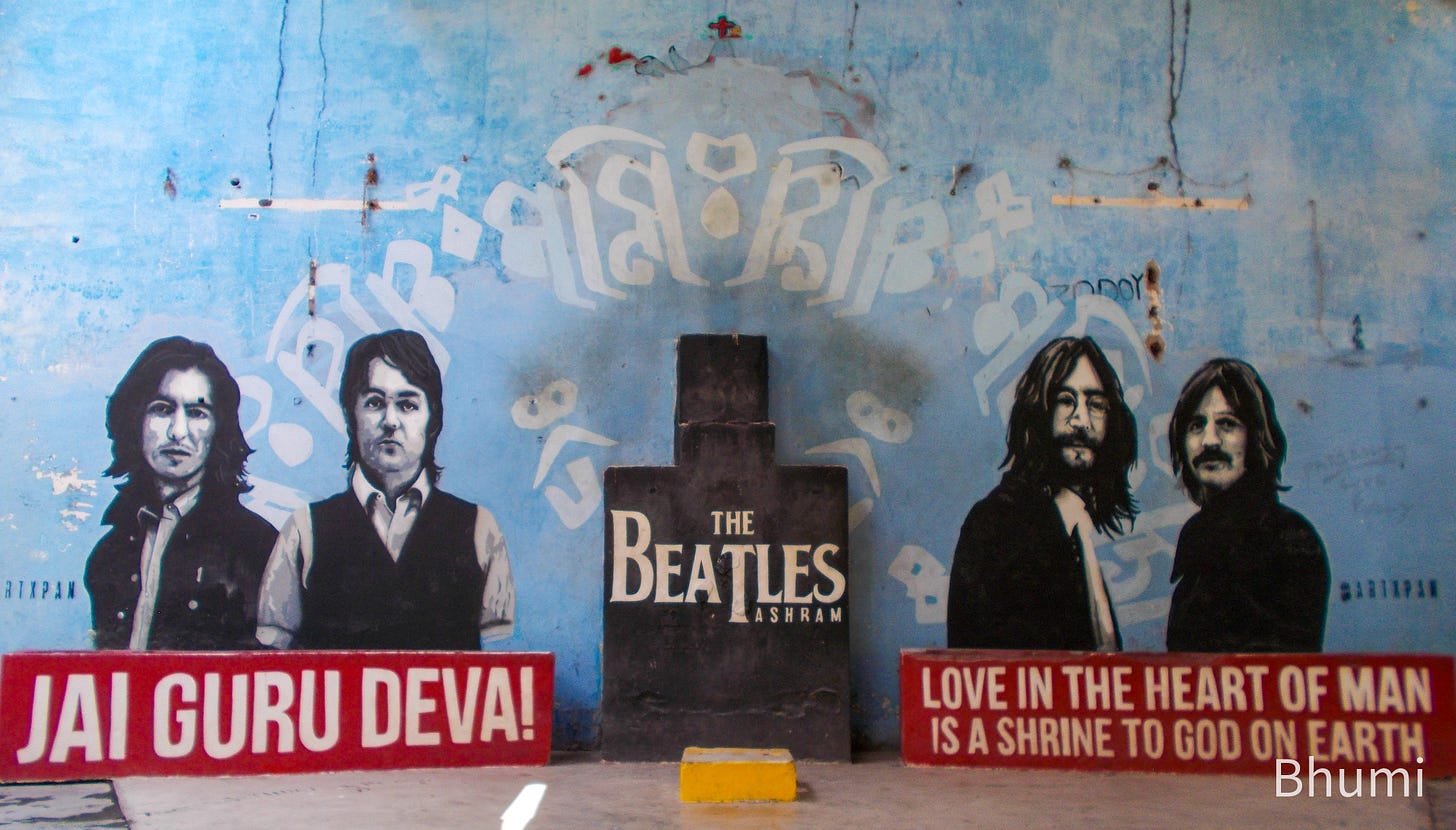A newsletter recommending good examples of storytelling across:
3 Trivia
2 Fun Facts, and
1 Photograph.
Let's dive in…
Trivia’s:
1. Advertisement:
In 1957, a prominent British television program aired on April Fools' Day, making it one of the most famous media pranks in history. A special report claiming that a unique crop was being harvested in southern Switzerland, presenting it as an agricultural breakthrough. This hoax caused quite a stir among viewers, many of whom called in to learn more about cultivating this peculiar "tree." The tree was said to produce an Italian staple food that is now common worldwide but was considered an exotic delicacy in 1950s Britain.
What was the hoax about?
2. Fashion:
In the Regency era, English society fell in love with a pattern that originated far from their homeland. It first appeared as a design on the uniforms of officers stationed in the Indian Empire during the 1800s, most notably worn by the Bengal Lancers. This pattern soon traveled back to England, where it found its way onto everything from civilian shirts to wallpaper and upholstery. Even today, brands like Polo Ralph Lauren and Uniqlo use this pattern for its timeless appeal.
Taking its name from a majestic animal native to India, what is the name of this fashion pattern that has become an office-wear essential?
3. India and Music:
In a memorable performance at the X in 1948, a celebrated artist known as "Mallika-e-Ghazal" added new lines to her famous song, expressing a longing for peace and connection. These lines were part of her well-loved Thumri, which beautifully captures themes of love and yearning. The location of her performance is significant for its border ceremonies and the cultural heritage shared between India and Pakistan. The additional lines she introduced to her song were a heartfelt call for a beloved to come and end quarrels, resonating with the spirit of Independence Day.
Identify X. What is the name of this legendary singer, and what is the title of her famous song?
Fun Facts:
Did you know? The Hornbill Festival, held annually from December 1 to 10 in Nagaland, India, is affectionately dubbed the "Festival of Festivals." This vibrant celebration brings together all of Nagaland's ethnic groups in a grand showcase of culture, tradition, and unity. Named after the colorful hornbill bird, the festival offers a kaleidoscope of activities, including traditional dances, music, crafts, and even an international rock festival! It's a unique opportunity to experience the rich heritage and lively spirit of Nagaland in one festive extravaganza.
Did you know? One of the most creatively designed book covers is from the 1946 edition of Edward Gibbon's "The Decline and Fall of the Roman Empire" Volumes. This classic work offers a profound look at how one of history's greatest civilizations fell into decline, with insights that resonate with the challenges of our own times. Gibbon attributed the fall to a loss of civic virtue among citizens and the impact of barbarian invasions, sparking debate about the role of Christianity and other internal and external factors. He viewed the Middle Ages as a "Dark Age," believing progress resumed only in the Enlightenment's "Age of Reason." How long might it take us to recover from the collapse of our civilization today, if ever?
How can I improve your reading experience? Feel free to send me any feedback or suggestions at this email. You’re also welcome to share your experience and connect with me here!
Email- triviatales.in@gmail.com
Photograph of the Day:
Beatles Ashram:
This photograph, captured by me, continues the narrative I began in the last newsletter. If you missed it, I encourage you to revisit that piece for a fuller context.
Set against the backdrop of the Beatles Ashram, also known as Chaurasi Kutia, this image encapsulates the serene beauty and rich cultural history of a place that once bridged the East and West. Nestled in the Himalayan foothills along the Ganges near Rishikesh, the ashram was brought to international fame by the Beatles' stay in 1968. Their visit wasn’t just a musical retreat—it became a defining moment in popular culture, sparking global interest in meditation and Eastern spirituality.
The Beatles' journey to Rishikesh saw John Lennon and George Harrison crossing the iconic Lakshman Jhula suspension bridge, an experience Harrison described as unforgettable. Their stay at the ashram marked their most prolific songwriting period, inspiring much of the White Album. Interestingly, George Harrison transformed one of the bungalows into a music room, where rooftop jam sessions with other students foreshadowed their legendary Apple Corps rooftop concert in London the following year.
The ashram’s unique blend of simplicity and luxury is also noteworthy. While the meditation huts represented spiritual discipline, the Beatles' bungalows were equipped with electric heaters, running water, and custom-made English-style furniture. Local tailors stitched native attire for their group, blending Western fame with Indian tradition.
Today, the ashram stands as a canvas of history and art. Since its reopening in 2015, graffiti tributes and murals—like those in the Beatles Cathedral Gallery—have transformed it into a hub for art and spirituality. Fun fact: The Maharishi’s forgiving words about the Beatles, calling them “angels,” continue to resonate as a testament to his spiritual philosophy.
This photograph aims to capture the essence of this legendary space—a crossroads of music, meditation, and cultural exchange that still inspires visitors worldwide.
In case if you have missed my previous newsletters here are the links to them…
give it a click
Answers:
The hoax was about spaghetti growing on trees, and the food in question was spaghetti harvested from a "spaghetti tree."
Bengal stripes (or tiger stripes).
Begum Akhtar and "Humri Atariya" X- Attari-Wagah border








